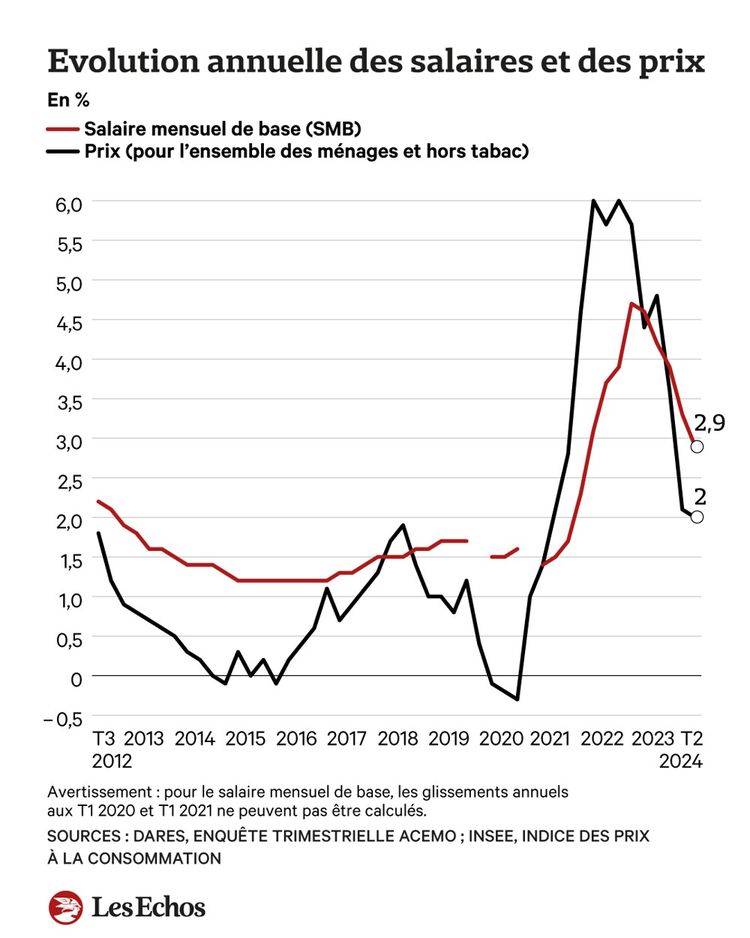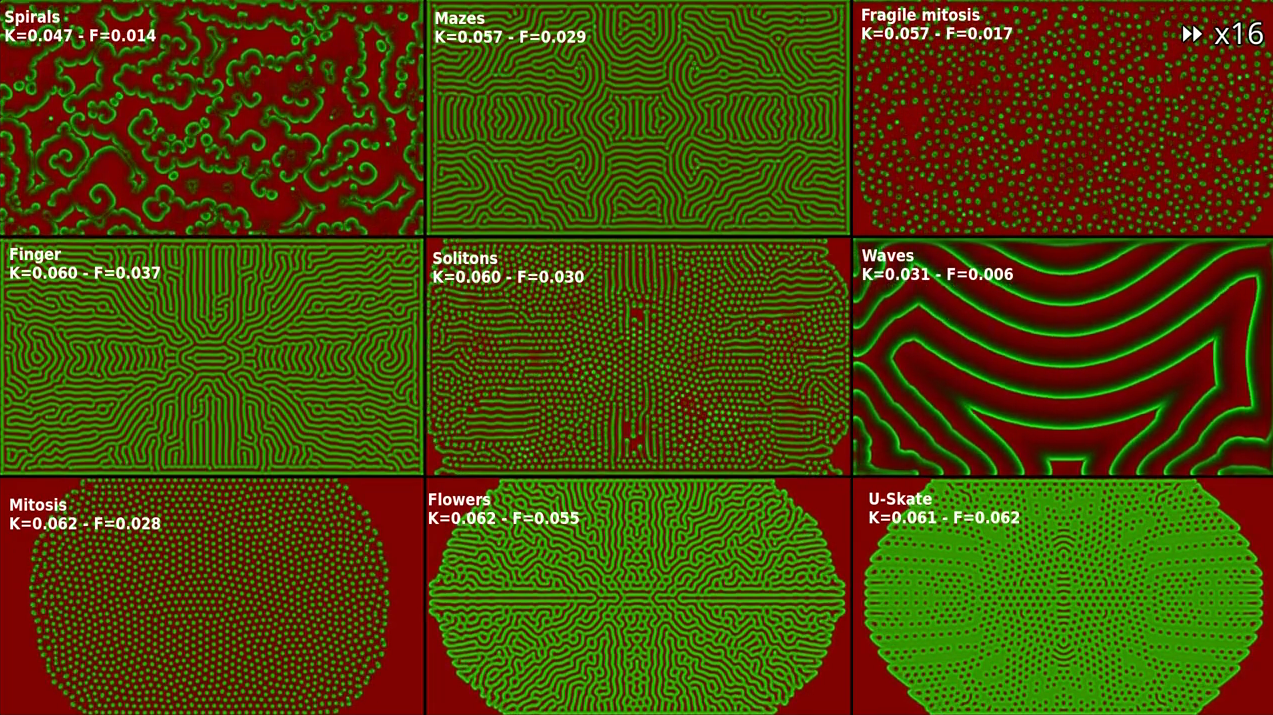- 13 Posts
- 83 Comments

 0·2 months ago
0·2 months agoThank you for the feedback. I had a lot of fun playing with the model (and still have some improvements on my mind that might require porting it outside of Shadertoy)
Is there any part that was especially hard to understand ? I’m trying to make it as clear as possible for developers without a scientific background.

 0·2 months ago
0·2 months agoI can recommend some stuff I’ve been using myself :
- Dolibarr as an ERP + CRM : requires some work to configure initially. As most (if not all) features are disabled by default, it requires enabling them based on what you need. It also has a marketplace with a bunch of modules you can buy
- Gitea to manage codebases for customer projects. It can also do CI but I’ve not looked into it yet
- Prometheus and its ecosystem (mostly promtail and grafana) for monitoring and alerting
- docker mail server : makes it quite easy to self host a full mail server. The guides in their doc made it painless for me to configure dmarc/SPF/other stuff that make e-mail notoriously hard to host
- Cal.com as a self hostable alternative to calendly
- Authentik for single sign-on and centralized permission management
- plausible for lightweight analytics
- a mix of wireguard, iptables and nginx to basically achieve the same as cloudflare proxying and tunnels
I design, deploy and maintain such infrastructures for my own customers, so feel free to DM me with more details about your business if you need help with this

 11·2 months ago
11·2 months agoI did not read the link, but two of my biggest concerns do not appear in the summary you provided :
- the burden of hosting an ActivityPub enabled service is often duplicated for each instance instead of being split between them (for example, my Lemmy instance has a large picture folder and database because it is replicating all posts from communities I’m subscribed to)
- it’s a privacy nightmare. All instance admins now have as much spying power as the single centralized service it is replacing
(Edit: typo)

 0·2 months ago
0·2 months agoIt’s a server that hosts map data for the whole world, and sends map fragments (tiles)as pictures for the coordinates and zoom levels that clients request from them

 0·2 months ago
0·2 months agoAre you talking about Nginx Plus ? It seems to be a commercial product built on top of Nginx

 0·2 months ago
0·2 months agoAccording to the Wikipedia article, “Nginx is free and open-source software, released under the terms of the 2-clause BSD license”
Do you have any source about it going proprietary ?

 0·2 months ago
0·2 months agoIt’s still available in Debian’s default repositories, so it must still be open source (at least the version that’s packaged for Debian)

 0·2 months ago
0·2 months agoThere have been some changes in a few recent releases related to the concerns I raised :
- the default tile provider is now hosted by the Immich’s team using protomaps (still uses vloudflare though)
- a new onboarding step providing the option to disable the map feature and clarifying the implications of leaving it enabled has been added
- the documentation has been updated to clarify how to change the map provider, and includes this guide as a community guide

 29·2 months ago
29·2 months agoIn my experience, OnlyOffice has the best compatibility with M$ Office. You should try it if you haven’t

 0·3 months ago
0·3 months agoIt’s not that I don’t believe you, I was genuinely interested in knowing more. I don’t understand what’s so “precious” about a random stranger’s thought on the internet if it’s not backed up with any source.
Moreover, I did try searching around for this and could not find any result that seemed to answer my question.

 0·3 months ago
0·3 months agoWhy do you trust NordVPN more than your ISP ? Is your ISP known to be especially bad ?

 0·3 months ago
0·3 months agoCan you give examples of countries where mainstream media is not owned by billionaires ?
2 years ago was already amazing for someone who tried to play CS 1.6 and trackmania using wine 18 years ago

 0·3 months ago
0·3 months agoSur mon instance (dans l’appli et version web) ça n’a pas l’air filtré. Tu es sur que ça ne vient pas de ton instance ?

 0·3 months ago
0·3 months agoCe n’est pas mon analyse, les blocs de citations que j’ai postés sont directement tirés de l’article (d’où mon autre commentaire qui dit que l’article est intéressant malgré le choix de son titre)

 0·3 months ago
0·3 months agoMerci pour la précision. L’article est pas inintéressant non plus. Je trouve juste dingue cette manière de titrer presque a contre courant du fond de l’article

 0·3 months ago
0·3 months agoHum, je crois que tu t’es trompé de post ? :)

 0·3 months ago
0·3 months agole SMB a progressé de 0,8 % et même de 1,4 % pour les ouvriers mieux lotis grâce à la revalorisation automatique du SMIC
Mince alors. Si j’avais su j’aurais fait ouvrier pour être mieux loti que les autres avec mon smic ! C’est à la limite du supportable ce type de tournure…
Les salaires progressent toujours plus vite que les prix, mais les augmentations ralentissent
Je trouve ce titre au mieux imprécis, au pire trompeur… Dans tous les cas c’est tres peu clair sur la nature du phénomène qu’on décrit. Personellement, je comprend en lisant ce titre un truc du style “depuis toujours, les salaires augmentent plus vite que l’inflation”, alors que d’après le contenu de l’article, ça fait seulement depuis 2 ou 3 trimestres :

« Les salaires ont réagi avec retard à l’inflation. En revanche, ils ralentissent presque en même temps que les hausses de prix, ce qui nous a beaucoup surpris », reconnaît Dorian Roucher, chef du département Conjoncture à l’Insee.
Alors que les ménages n’ont guère pu compter sur leurs salaires pour limiter leurs pertes de pouvoir d’achat face au choc inflationniste de ces deux dernières années, les gains qui se profilent en 2024 risquent de décevoir. Dans ses prévisions, l’Institut de la statistique attend une hausse de 2,9 % du SMB pour l’année en cours après un bond de 4,3 % en 2023. Les salaires réels augmenteraient « modestement » en 2024, de 0,6 % selon l’Insee. « La dynamique des salaires cette année ne compenserait donc pas les pertes cumulées par les salariés en 2022 et 2023 qui ont atteint 2,5 % », souligne Dorian Roucher.
On est quand même très loin de l’optimisme que suggère le titre de l’article !

 0·3 months ago
0·3 months agoWhat I did is use a wildcard subdomain and certificate. This way, only
pierre-couy.frand*.pierre-couy.frever show up in the transparency logs. Since I’m using pi-hole with carefully chosen upstream DNS servers, passive DNS replication services do not seem to pick up my subdomains (but even subdomains I share with some relatives who probably use their ISP’s default DNS do not show up)This obviously only works if all your subdomains go to the same IP. I’ve achieved something similar to cloudflare tunnels using a combination of nginx and wireguard on a cheap VPS (I want to write a tutorial about this when I find some time). One side benefit of this setup is that I usually don’t need to fiddle with my DNS zone to set up a new subdomains : all I need to do is add a new nginx config file with a
serversection.Some scanners will still try to brute-force subdomains. I simply block any IP that hits my VPS with a
Hostheader containing a subdomain I did not configure







I did not expect such a detailed code review (the fact that you wrote it on mobile impresses me even more), but I strongly agree with everything you mentioned. I think I was so caught up learning GLSL and its quirks, then playing and experimenting with the simulation, that I “forgot” my coding standards. Anyway, I’ll make sure to take some time to update both the code and the article following your recommandations.